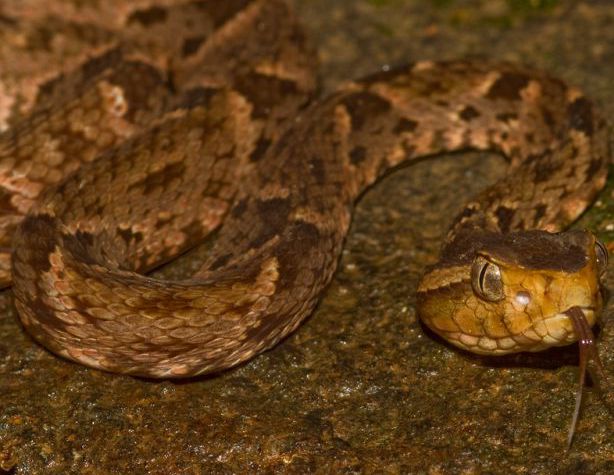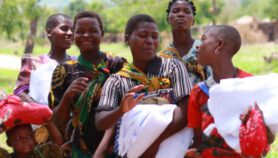Send to a friend
The details you provide on this page will not be used to send unsolicited email, and will not be sold to a 3rd party. See privacy policy.
[SAN JOSE, COSTA RICA] Central American countries are likely to see a spike in snakebites over the next six months due to the hot weather caused by the El Niño weather phenomenon, prompting calls for better preparedness.
A study in Costa Rica shows that rates of snakebites double or even triple during particularly hot and cold periods of a climate cycle known as El Niño Southern Oscillation. The periodic warming of the eastern tropical Pacific Ocean within this cycle is called El Niño. The cooling phase is called La Niña.
The research also found that poor and rural populations are disproportionately affected by any increase in snakebites as they spend more time in areas where snakes are common and have less access to treatment.
“Climate variables are related to snake populations and their behavioural patterns, which in turn defines patterns of contact with humans”
José María Gutiérrez, author
The scientists involved in the study say that, considering a strong El Niño phase has begun and is likely to last into the first part of 2016, authorities should get prepared. El Niño Southern Oscillation tends to make the seasons in Central America more extreme.
“This is a very complex subject that requires further research,” says José María Gutiérrez, one of the study’s authors. “But the fact that we observed this correlation is a compelling argument for authorities to consider climate variables when planning policies to prevent and manage snakebite [poisoning].”
The study, published last month in Science Advances, was undertaken by a team of scientists from Costa Rica, Japan and Taiwan. They analysed snakebite data, which Costa Rican health centres are legally required to keep, from 2005 to 2013.
After comparing information on more than 6,500 bites with climate data over this period, the researchers uncovered a correlation between bite frequency and El Niño and La Niña phases.
In response to the study, Robert Castro, the deputy director of Costa Rica’s Health Surveillance Authority, said the country’s efforts to increase data reporting helped local health workers plan for expected health problems.
“It’s pleasing to have studies made with publicly available data that allow experts to better understand health impacts on our population, even some as specific as snakebites,” he says.
In its paper, the team argues that the hotter and wetter weather associated with El Niño increases plant growth. This provides more food for rodents and, further up the food chain, supports bigger snake populations.
In addition, snakes, which are only active when the weather is warm, hunt for longer and travel further distances in hot periods, which makes encounters with humans more likely, the researchers say.
Something similar could be happening during cooler, La Niña events: if rodent numbers fall, snakes are forced to forage for food near human dwellings, thus increasing their chances of encountering humans, most likely rural farmers and families living in decrepit housing, the paper proposes.
Each year, an estimated 2.5 million people are poisoned by snakebites, of whom around 300,000 experience permanent health problems, including amputations, and 100,000 die, according to the World Health Organization.
References
Luis Fernando Chaves and others Snakebites are associated with poverty, weather fluctuations, and El Niño (Science Advances, 11 September 2015)














